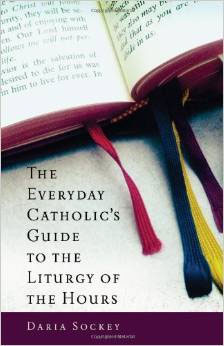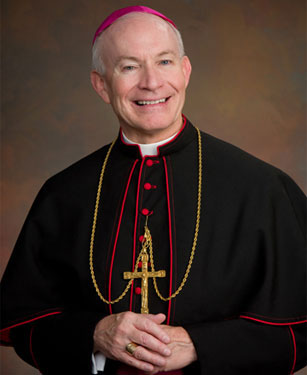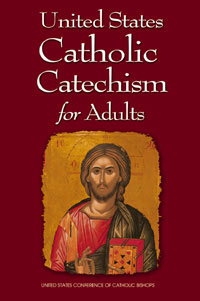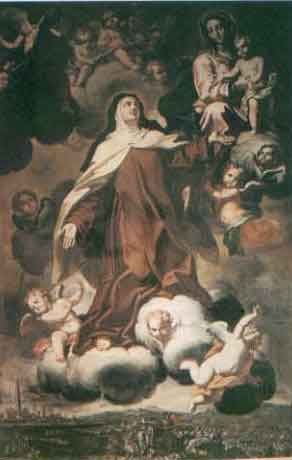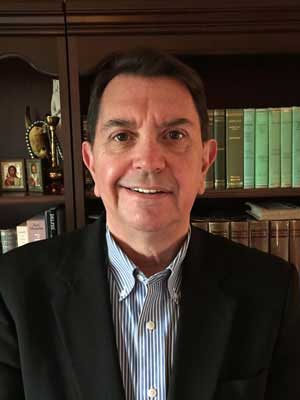 When I saw the author, Robert Royal, and then the title of the book, “A Deeper Vision: The Catholic Intellectual Tradition in the Twentieth Century” on the front cover, I knew this was going to be a great adventure in reading. I was not disappointed. In fact, this book is incredible! DO NOT be intimidated by the subject matter, on the contrary, embrace it as a cherished gift for the mind and heart!
When I saw the author, Robert Royal, and then the title of the book, “A Deeper Vision: The Catholic Intellectual Tradition in the Twentieth Century” on the front cover, I knew this was going to be a great adventure in reading. I was not disappointed. In fact, this book is incredible! DO NOT be intimidated by the subject matter, on the contrary, embrace it as a cherished gift for the mind and heart!
In this conversation with Robert Royal, we can only touch the tip of this towering mountain. Pope Benedict XVI, St. John Paul II, Hans Urs von Balthasar are just some of the great “thinkers” we discuss. We also talk about the challenges faced in communicating an authentically catholic (universal) balanced truth. What principles dictate the expression? And how can we navigate through hazardous traps of opinion and punditry that is presented to us today by “would-be” theologians and intellectuals who appear to “specialize” in presenting Catholic thought though the use of the internet and other media outlets? If we are not familiar with the basic principles, vocabulary, and virtues of Catholic thought we could be doomed to fall into unfortunate intellectual (and possibly heretical) traps.
This is a tremendous work, so very well done! Thank you to Ignatius Press for once again serving up an incredible spiritual feast! Highly, highly recommended!
Podcast: Play in new window | Download (Duration: 28:42 — 26.3MB) | Embed
Subscribe: Apple Podcasts | Spotify | Amazon Music | Android | Pandora | iHeartRadio | JioSaavn | Podchaser | Gaana | Podcast Index | Email | TuneIn | Deezer | Anghami | RSS | More
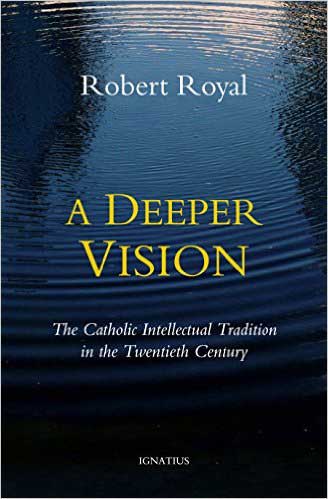 The book can be found here
The book can be found here
From the book description:
Royal presents in a single volume a sweeping but readable account of how Catholic thinking developed in philosophy, theology, Scripture studies, culture, literature, and much more in the twentieth century. This involves great figures, recognized as such both inside and outside the Church, such as Jacques Maritain, Bernard Lonergan, Joseph Pieper, Edith Stein, Alasdair MacIntyre, Charles Taylor, Romano Guardini, Karl Rahner, Henri du Lubac, Karol Wojtyla, Joseph Ratzinger, Hans Urs von Balthasar,Charles Peguy, Paul Claudel, George Bernanos, Francois Mauriac, G. K. Chesterton, Gerard Manley Hopkins, Christopher Dawson, Graham Greene, Sigrid Undset, J. R. R. Tolkien, Czeslaw Milosz, and many more.

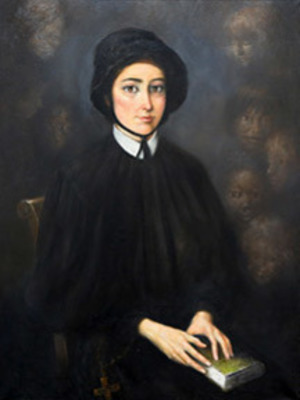
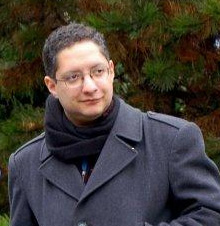
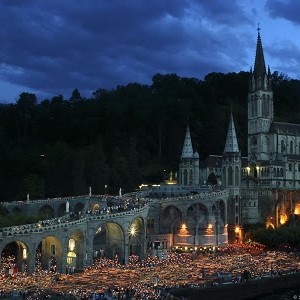
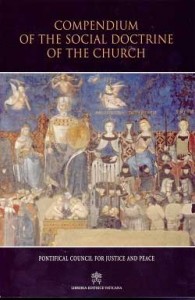
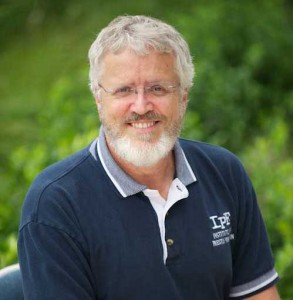 “The Heart of the Diaconate” is an another outstanding work by Deacon James Keating, PhD. I
“The Heart of the Diaconate” is an another outstanding work by Deacon James Keating, PhD. I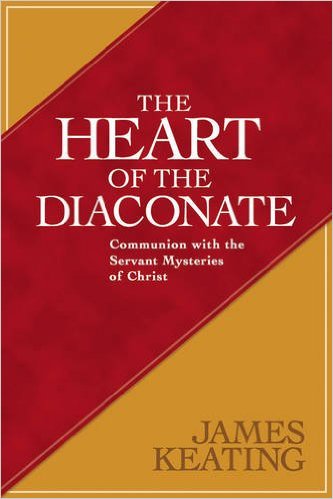
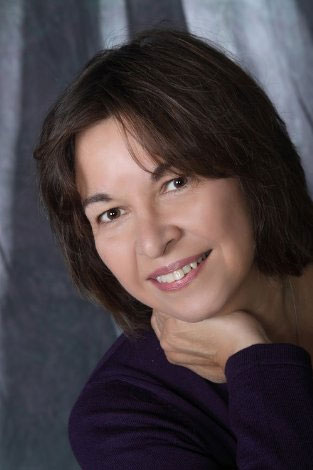 this wonderful tradition of prayer. It’s also enriching for those who may have been praying the “office”‘ for some time! Daria Sockey has filled this work with a treasure trove of gems that even the most seasoned devotees will find enriching. It gently walks beginners through the basics, while offering rich insights and resources that will surely enhance the seasoned participants experience. In our conversation we touch upon the history and structure of the prayer this “Divine Office”, and why it should be a part of everyone’s daily spiritual practice. Highly recommended.
this wonderful tradition of prayer. It’s also enriching for those who may have been praying the “office”‘ for some time! Daria Sockey has filled this work with a treasure trove of gems that even the most seasoned devotees will find enriching. It gently walks beginners through the basics, while offering rich insights and resources that will surely enhance the seasoned participants experience. In our conversation we touch upon the history and structure of the prayer this “Divine Office”, and why it should be a part of everyone’s daily spiritual practice. Highly recommended.